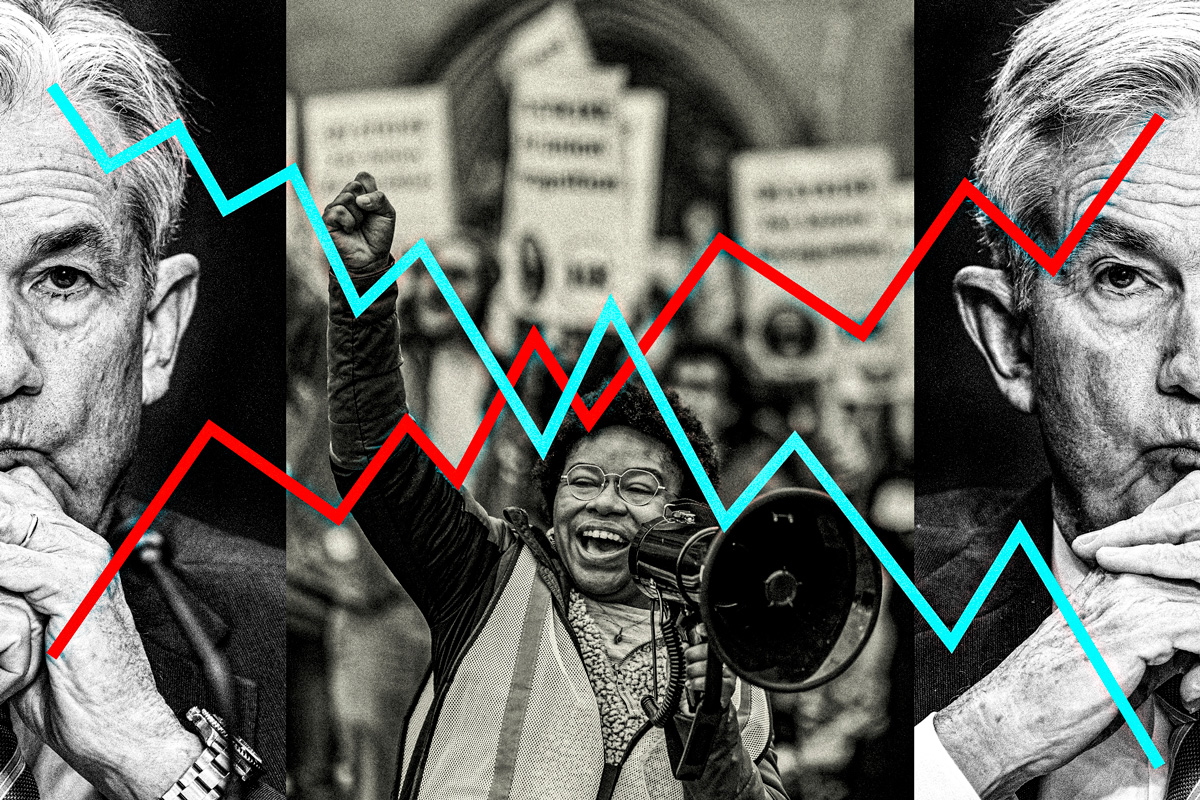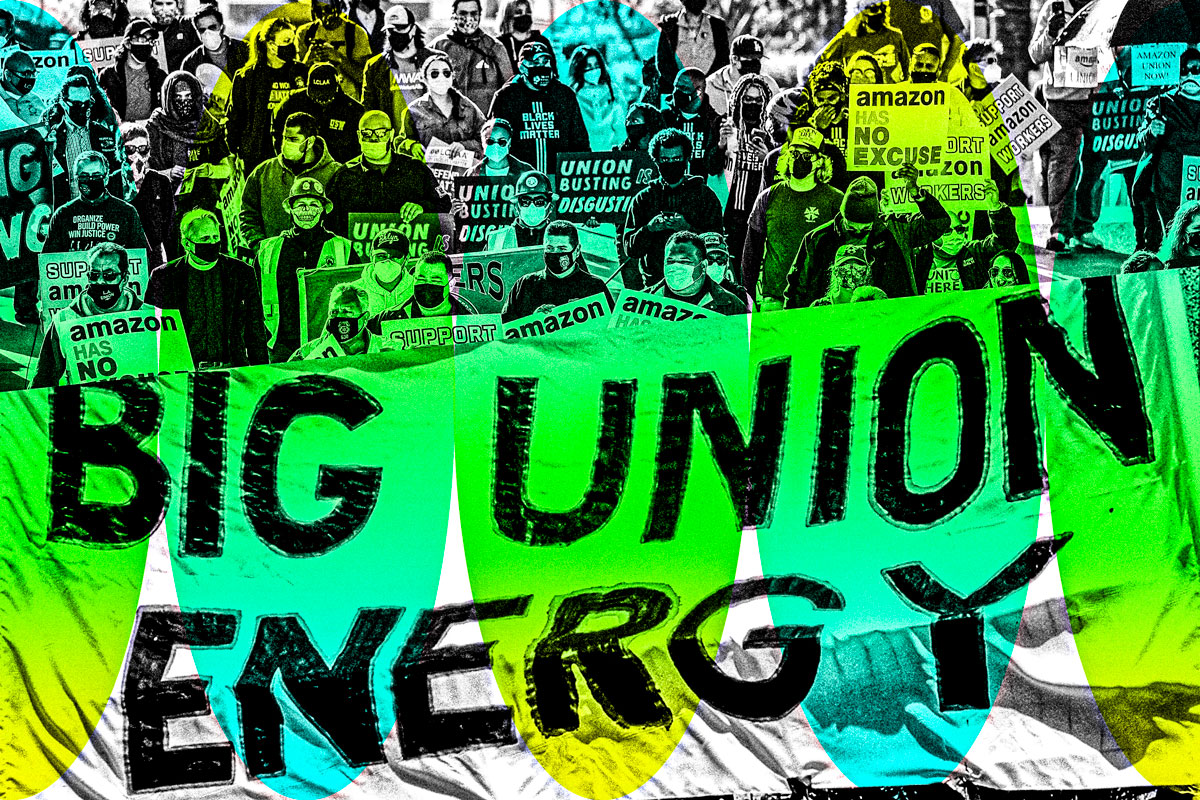The U.S. Bureau of Labor Statistics recently announced that the Consumer Price Index (CPI), the primary measure of inflation, was unchanged in July 2022 after nearly two years of steady increases. Unsurprisingly, many observers—most notably, President Joe Biden—moved to trumpet the news, declaring that the report indicated that inflation might finally be waning. And with the recent signing of the Inflation Reduction Act, Democrats in Washington seem decidedly bullish about the prospects ahead for the American economy.
It’s true that, at first glance, these numbers might presage a major economic turnaround—but a closer examination of the data tells a far more complex story than the Biden administration and its cadre of supporters are willing to share. Though the CPI was virtually unchanged from June to July, a significant portion of July’s price stability can be attributed to an 11 percent decline in gas prices. Meanwhile, prices for other consumer goods, such as housing and food, continue to rise sharply. Indeed, many observers contend they will show little sign of slowing any time soon. As a result, the Federal Reserve has indicated that it will continue to stay the course in its battle against inflation—by raising interest rates in the hopes that the monetary push to “get wages down” will eventually slow demand enough to bring it closer to supply.
Another huge complicating factor for the Fed’s crusade is the great unacknowledged driver of consumer demand—massive consumer debt. This helps explain one key paradox before the makers of monetary policy: when the Fed set out to raise interest rates, some observers noted that its actions did not seem to be dampening consumer spending—a testament, in their view, to the strength of the U.S. economy.
In this account of robust growth ahead, the resilience of consumer spending (despite the recent interest rate hikes) could well be a positive early sign that the Fed may be able to pursue its objectives without significantly curbing consumer activity—the cornerstone of the U.S. capitalist economy.
In reality, however, the uninterrupted surge in consumer demand stems largely from a less reassuring source of ongoing economic expansion: exploding consumer debt. Though debt is far from a new phenomenon, it’s taken on pivotal importance within the U.S. economy over the past half-century. As many scholars of political economy have shown, beginning around the early 1970s, wages in the United States began to stagnate, while prices continued to grow apace. Indeed, inflation during the 1970s far exceeded what we are experiencing today, hitting double-digit levels twice in 1974 and 1979 before the Federal Reserve incited a recession in 1980—the so-called Volker shock—by sharply raising interest rates.
Today’s inflationary bout might initially seem analogous with this fabled chapter in the monetary war on inflation. But again, the centrality of consumer debt in today’s economy renders such comparisons misguided. Americans are now more indebted than ever, using borrowed cash to finance everything from their homes to their education. This isn’t simply the result of Americans acting irresponsibly, as many austerity-minded economists and political leaders are wont to argue. Rather, in the face of stagnant wage growth and the bipartisan dismantling of the social welfare state, many Americans have had to rely on credit to make ends meet. Meanwhile, the top 1 percent have made out like bandits over the past fifty years—taking upwards of $50 trillion from the bottom 90 percent of Americans during this period, per the Rand Corporation.
Americans are now more indebted than ever, using borrowed cash to finance everything from their homes to their education.
According to recent data from the Federal Reserve Bank of New York, total household debt now stands at $16.15 trillion—a number registering an increase of $312 billion (2 percent) during the second quarter of 2022. This latest debt spike was driven primarily by mortgage, credit card, and auto loan debt. And small wonder: given the growing housing affordability crisis, some Americans looking to purchase their home have opted for adjustable-rate mortgages (ARMs) to finance their homes, one of the financial instruments that helped stoke the housing bubble that came worryingly close to tanking the global economy in the crash of 2008.
Though ARM holders are at the mercy of financial institutions when arriving at the ultimate amount of interest they must pay, their monthly payments are often lower than those of a fixed-rate mortgage. As a result, in places where rental prices are at historic highs, it is, for some, the least bad option for attaining stable housing. But suppose the Fed proceeds with successive interest rate hikes as it has indicated it will. In that case, many Americans could very well default on their mortgage payments, another worrisome echo of the 2008 meltdown.
Recent data also show that revolving debt—the outstanding debts Americans hold on their credit cards—is rising. This is another predictable side effect of widespread inflation, as workers are struggling to get modest wage increases in line with spiraling price hikes for goods and services. And while it’s difficult to pinpoint just where Americans are swiping their credit cards, there is growing evidence that many consumers are increasingly relying on credit to obtain essential goods such as food and groceries rather than non-essential goods like furniture, home décor, and apparel. For example, Target—which depends upon non-essential consumer spending for its growth—announced during its recent earnings call that its quarterly profits were down 90 percent. This acute dropoff lends credence to the notion that many Americans are now foregoing those sorts of purchases. Meanwhile, Walmart—which, unlike Target, leans much more heavily on sales of essential items like food and groceries—posted stronger-than-expected quarterly earnings, indicating that as many Americans are cutting back on non-essential items, they are also in search of lower prices.
There’s a much broader political lesson in this flurry of consumer data: As we continue to monitor the “cost-of-living crisis,” we must continue to draw attention to the real-world costs of the Fed’s “blunt instrument” in the fight against inflation: interest-rate hikes. Continued increases in interest rates will spur financial institutions to pass on the increased cost of borrowing to consumers by raising the annual percentage rate (APR) of their credit cards. And with indebtedness mounting, the Fed’s actions will likely stoke the vicious cycle of escalating consumer debt, since a steadily growing portion of consumers’ monthly payments will now go toward paying off interest rather than principle on the cash they’ve borrowed.
There’s a still grimmer prospect lurking behind this dynamic: as inflation continues apace and as more and more Americans are forced to rely upon credit in lieu of slow wage growth, the broader corporate social contract now underwitten by vast outlays of consumer debt may start to unravel. They will effectively be denied the ability to take part in our consumer society under the terms they had been promised: work hard, get a mortgage, get ahead, and retire in conditions of relative comfort. As historians of American consumerism have shown, the great mid-twentieth century explosion of mass consumption was, in many ways, presented to Americans as an escape from the doldrums of the workplace. If Americans were granted broad access to consumer goods formerly deemed as luxuries, they would be more inclined to accept the terms of their employment—even if that meant extending credit rather than raising wages, as has largely been the case over the past four decades. Mass consumption is, in many ways, a truce between workers and bosses.
As inflation continues to roil the U.S. economy, however, fewer Americans will be able to shop, eat out, and travel at the rates they’d been promised—tacitly or otherwise. Thus, when they swipe their credit cards, they’ll be more apt to be paying for milk and eggs rather than clothes and shoes. And rising interest rates, coupled with lessened wage growth, means that growing indebtedness may well become the price of admission for basic participation in the U.S. economy. We must also recall that low-income Americans and people of color often carry higher credit balances than white Americans typically do—making it difficult to pay off their debts, and further reinforcing racial and socioeconomic inequality in the process. Federally engineered inflation, to put it plainly, is a form of top-down class warfare.
The current working class is learning what previous working classes long understood about the American capitalist economy: contrary to the claims of the supposed experts, this economy serves the few at the expense of the many. This might very well explain why we continue to see renewed labor activity and why organizations like the Debt Collective—which exposes the parasitic structures inherent to this system—continue to notch important strategic victories and recruit a growing membership. If these vital success stories are any indication, it may well be that a growing segment of the U.S. working class is dedicated to upending politics as usual in hopes of creating a more equitable society.
Jared Clemons received his Ph.D. in political science from Duke University, where he studied race and political economy. He is a postdoctoral research fellow at Princeton University’s Center for the Study of Democratic Politics.



